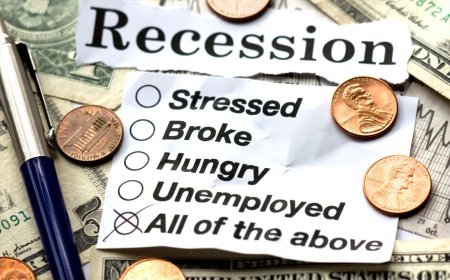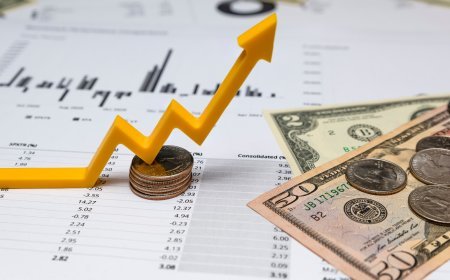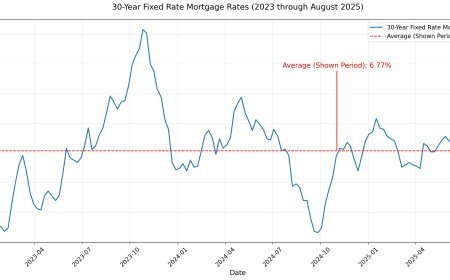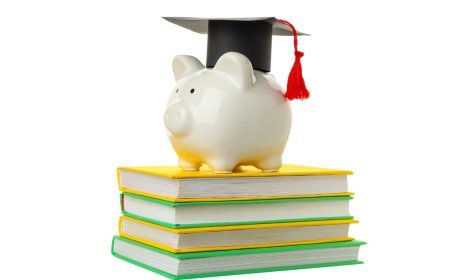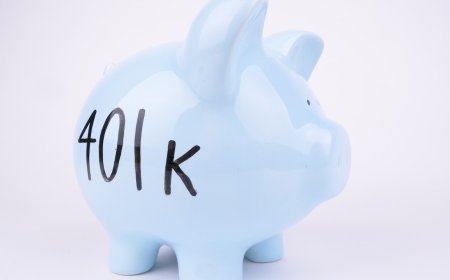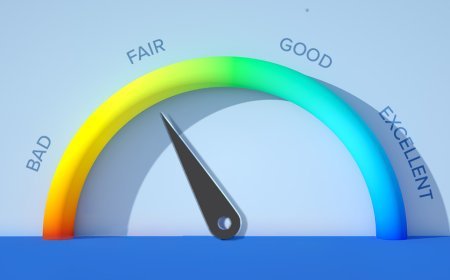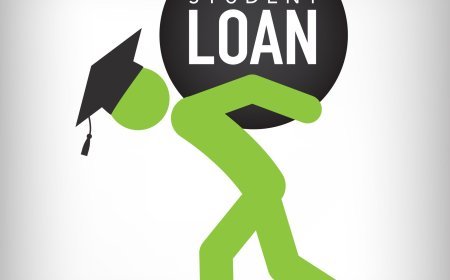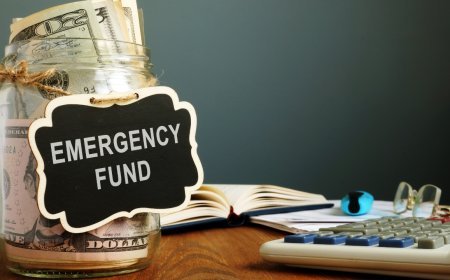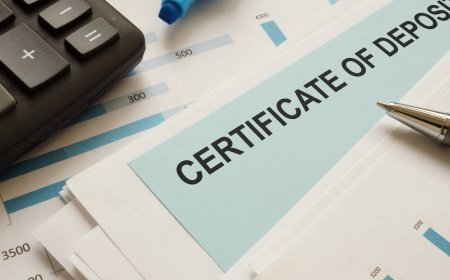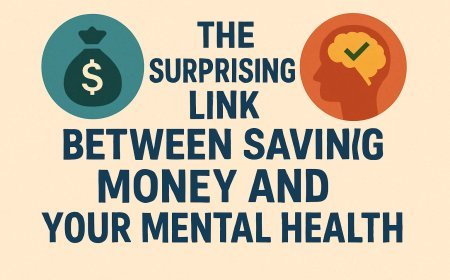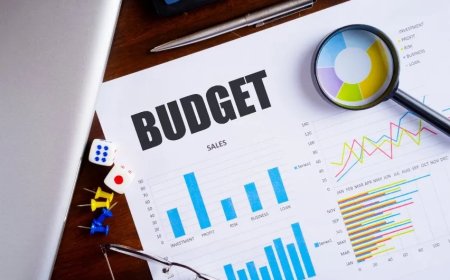How to Prepare for a Recession: Proven Strategies to Safeguard Your Finances in Tough Economic Times
In an era of economic uncertainty, learning how to prepare for a recession is essential for protecting your financial well-being. This comprehensive guide offers practical steps to build resilience, from creating an emergency fund and optimizing your budget to navigating investments and managing debt, empowering you to weather any downturn with confidence.
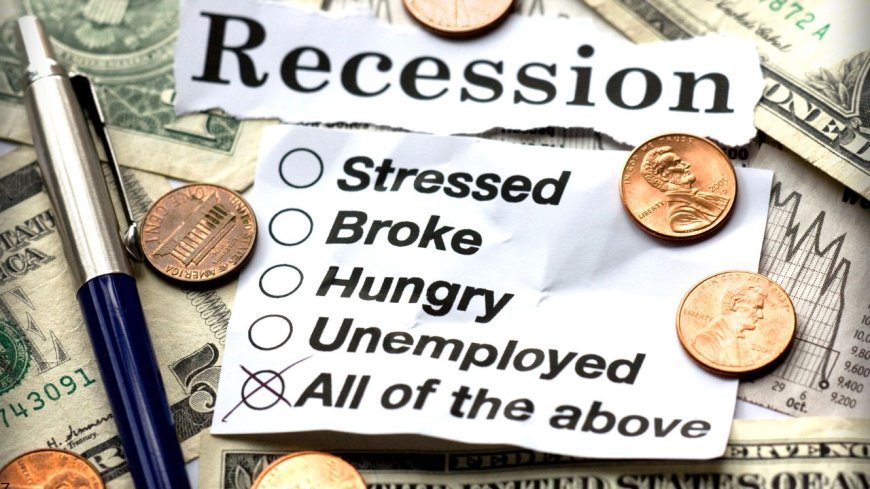
In This Article:
- Understand the fundamentals of recessions, their historical patterns, and impacts on unemployment and GDP.
- Develop a robust financial plan by assessing your current situation, setting achievable goals, and consulting experts.
- Implement effective budgeting and saving strategies, including trimming expenses, prioritizing debt repayment, and building an emergency fund.
- Navigate investments amid market volatility with insights into stock basics, diversification, and long-term planning.
- Prepare for worst-case scenarios like job loss, mortgage challenges, and high-interest debt reduction.
Understanding Recessions and Their Impact
Knowledge is your first line of defense against economic turbulence. By grasping what a recession entails, its historical context, and its ripple effects on jobs and the broader economy, you can better anticipate challenges and fortify your personal finances.
What Is a Recession?
A recession represents a significant slowdown in economic activity, typically lasting at least six months and characterized by a contraction in Gross Domestic Product (GDP)—the total value of goods and services produced within a country. Key indicators include declining consumer spending, reduced business investments, and shrinking incomes, all of which contribute to diminished overall economic output.
These downturns don't just affect Wall Street; they touch everyday lives. Businesses may scale back operations, leading to layoffs, while households face tighter budgets. Recognizing these signs early—such as rising prices amid stagnant wages or a dip in consumer confidence—allows you to act proactively, turning potential vulnerabilities into opportunities for preparation.
Historical Economic Cycles
Economies naturally ebb and flow through cycles of expansion and contraction. Iconic downturns, like the Great Depression of the 1930s triggered by stock market crashes and banking failures, or the 2008 Financial Crisis stemming from housing market collapses and risky financial practices, illustrate how unique triggers can spark widespread turmoil.
Patterns emerge from these events: Overleveraged markets often precede busts, and external shocks—like pandemics or geopolitical conflicts—can accelerate declines. In response, governments typically intervene with measures such as interest rate cuts, fiscal stimulus, or bailout packages to stimulate recovery. Studying these cycles reveals that while recessions are inevitable, they are also temporary, often paving the way for innovation and growth in the aftermath.
Effects on Unemployment and GDP
One of the most immediate and painful consequences of a recession is surging unemployment. Companies, grappling with falling revenues, often resort to cost-cutting measures like layoffs or hiring freezes, leaving families without steady income and exacerbating financial stress.
This rise in joblessness creates a vicious cycle: With less disposable income circulating, consumer spending drops further, dragging down GDP. Sectors like retail, manufacturing, and hospitality are hit hardest, while the effects cascade into communities through reduced tax revenues and strained social services. Understanding this interplay underscores the importance of personal preparedness—strong savings and skill-building can help you bridge gaps until recovery takes hold.
Creating a Robust Financial Plan
A well-crafted financial plan serves as your roadmap through economic storms. It begins with a honest evaluation of your current standing, followed by targeted goals and expert input to ensure adaptability and growth.
Assessing Your Financial Health
Begin by conducting a thorough audit of your finances. Calculate your net monthly income after taxes and deductions, then itemize all expenses—from fixed costs like rent and utilities to variable ones such as groceries and subscriptions. Tools like spreadsheets or apps can reveal spending patterns, highlighting leaks in your budget.
Next, scrutinize your debts: Compile a list including balances, interest rates, and minimum payments. High-interest obligations, such as credit cards, should be flagged for priority action. Simultaneously, evaluate your assets—savings accounts, investments, and retirement funds. Ensure your emergency reserve covers at least three to six months of essentials; if not, this becomes your immediate focus. This holistic view empowers you to make informed adjustments.
Setting Financial Goals
With your financial snapshot in hand, define clear, actionable objectives. Short-term goals might include eliminating a specific credit card balance within six months, while long-term aspirations could involve saving for a home down payment or retirement.
Make goals SMART—Specific, Measurable, Achievable, Relevant, and Time-bound. For instance, aim to "save $5,000 for an emergency fund by contributing $200 monthly over two years." Align your budget accordingly, allocating funds to priorities first. Regularly review progress, adjusting as life circumstances evolve, to maintain momentum and motivation.
Consulting a Financial Advisor
Even the savviest individuals benefit from professional guidance. A certified financial advisor can provide tailored strategies, demystifying complex topics like tax optimization, investment allocation, and estate planning.
Seek advisors with fiduciary standards, ensuring they prioritize your interests. During consultations, discuss your risk tolerance, timeline, and concerns about economic downturns. Their insights can refine your plan, uncovering opportunities like tax-advantaged accounts or debt consolidation. View this as an investment: The right advisor not only safeguards your assets but also builds your confidence in navigating uncertainty.
Strategies for Budgeting and Saving
In challenging times, mastering your cash flow is paramount. By curbing unnecessary outlays, tackling debt head-on, and establishing a financial buffer, you create stability that withstands economic pressures.
Trimming Discretionary Spending
Discretionary expenses—those non-essentials like coffee runs, streaming services, or impulse buys—often represent low-hanging fruit for savings. Start by categorizing your spending: Essentials (housing, food, transportation) versus luxuries.
Practical tips include setting a strict monthly cap on fun money, substituting pricey outings with free alternatives like park picnics, and using cash envelopes to enforce limits. Track everything via apps that categorize transactions and send alerts. Over time, these tweaks can redirect hundreds of dollars monthly toward more critical needs, fostering discipline without sacrificing joy.
Prioritizing Debt Repayment
High-interest debt acts like a financial anchor, amplifying costs during downturns. Adopt the avalanche method: Target debts with the steepest rates first while maintaining minimums on others to minimize total interest paid.
Alternatively, the snowball approach—paying off smallest balances initially—builds psychological wins to sustain motivation. Accelerate progress with windfalls like tax refunds or bonuses. Explore balance transfers to low-interest cards if eligible. By systematically reducing debt, you enhance your credit score, lower monthly obligations, and free up resources for savings and investments.
Building an Emergency Fund
Your emergency fund is the cornerstone of financial resilience, shielding you from unforeseen expenses like medical bills or car repairs. Target three to six months of living costs in a high-yield, accessible savings account.
Begin modestly: Automate weekly transfers of $50 or whatever fits your budget. Cut one luxury expense to fuel contributions. As the fund grows, resist dipping in for non-emergencies—treat it as insurance. This proactive habit not only averts debt spirals but also grants peace of mind, allowing you to focus on opportunities rather than crises.
Navigating Investments During Market Volatility
Market swings can test even seasoned investors, but informed strategies mitigate risks. Focus on foundational knowledge, balanced portfolios, and a steadfast long-term perspective to preserve and grow your wealth.
Stock Market Basics
The stock market is a dynamic arena where shares of companies are bought and sold, influenced by factors like corporate earnings, inflation, and interest rates. Rising rates, for example, increase borrowing costs, potentially curbing business expansion and consumer spending.
Monitor key metrics: Price-to-earnings ratios gauge value, while economic reports on unemployment or manufacturing signal broader trends. Avoid chasing hype; instead, educate yourself through reliable resources to discern between short-term noise and fundamental shifts.
Diversification Strategies
Spreading investments across asset classes and sectors is your best hedge against volatility. A diversified portfolio might include:
- Stocks: For growth, blending blue-chip stability with emerging tech.
- Bonds: For income and lower risk, as they often perform well when stocks falter.
- Real Estate or Commodities: For inflation protection.
Low-cost index funds or ETFs simplify this, mirroring market segments without picking individual winners. Rebalance annually to maintain your desired mix, ensuring no single area dominates and exposes you to undue risk.
Long-Term Investment Planning
Resist the urge to time the market; history shows steady, disciplined investing yields superior results. Employ dollar-cost averaging: Invest fixed amounts regularly, buying more shares when prices dip and fewer when they soar.
Define your horizon—retirement in 20 years demands growth-oriented assets, while nearer goals favor conservatism. Tune out daily fluctuations; markets historically rebound, rewarding patience. Regularly reassess, but anchor decisions in goals, not fear, for enduring success.
Preparing for the Worst-Case Scenario
While optimism is valuable, prudence demands planning for adversity. Address potential pitfalls like unemployment, housing strains, and burdensome debt to emerge stronger from any recession.
Job Loss Preparedness
Job insecurity spikes in downturns, so fortify your position now. Bolster your emergency fund to cover essentials during transitions. Refresh your professional toolkit: Update resumes, enhance LinkedIn with endorsements, and pursue certifications in high-demand skills.
Cultivate networks through alumni groups or industry forums—many roles are filled via connections. Explore side gigs, such as consulting or gig economy platforms, for supplemental income. This multifaceted approach not only cushions blows but positions you for quicker rebounds.
Managing a Mortgage During a Recession
Homeownership adds complexity in tough times, but strategic moves preserve equity. Monitor rates; refinancing to a lower one could slash payments significantly. Communicate early with lenders about hardships—they may offer forbearance, deferrals, or modifications.
Tighten your budget to prioritize mortgage payments, safeguarding your credit. If renting, negotiate extensions or seek assistance programs. Viewing your home as a long-term asset encourages decisions that prevent foreclosure and maintain stability.
Reducing High-Interest Debt
Compounding interest on debts like credit cards can erode finances rapidly. Prioritize elimination: List obligations by rate, channeling extra payments to the costliest while covering basics elsewhere.
Consolidate via lower-rate loans or balance transfers to streamline and save. Curtail new borrowing by adopting cash-only habits for daily expenses. This debt-shedding not only improves cash flow but enhances your agility, freeing you to seize post-recession opportunities without lingering burdens.
What's Your Reaction?
 Like
0
Like
0
 Dislike
0
Dislike
0
 Love
0
Love
0
 Funny
0
Funny
0
 Angry
0
Angry
0
 Sad
0
Sad
0
 Wow
0
Wow
0


